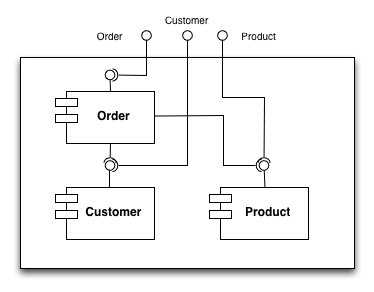Sonargraph’s architecture DSL is now about 18 months old and we received a lot of positive feedback from customers bundled with ideas for improving the language. There are now several projects with more than one million LOC that use this language to define and enforce their architectural blueprint. Of course this feedback is most valuable for us and we did our best to implement a good share of the ideas brought to us. This article requires some basic knowledge of our architecture DSL. An introduction can be found here. To use all the features described below you need Sonargraph-Architect version 9.3 or higher.
Expressing Architectural Patterns as Artifact Stereotypes
There are some basic patterns that are used in almost every architectural model. Those patterns describe the relationships between sibling artifacts, i.e. artifacts that have the same parent.
- Layered architecture – here dependencies are allowed to flow top-down within an ordered list of sibling artifacts. If we use strict layering, an artifact can only access ist next sibling artifact. In the case of relaxed layering, artifacts have access to all artifacts defined beneath them.
- Independent – here sibling artifacts are independent from each other, i.e. there should be no dependencies between them.
- Unrestricted – here siblings artifacts have no restrictions in accessing each other. This is not very desirable because it will allow cyclic dependencies between artifacts, but can be really useful when working on a model for a legacy software system.
